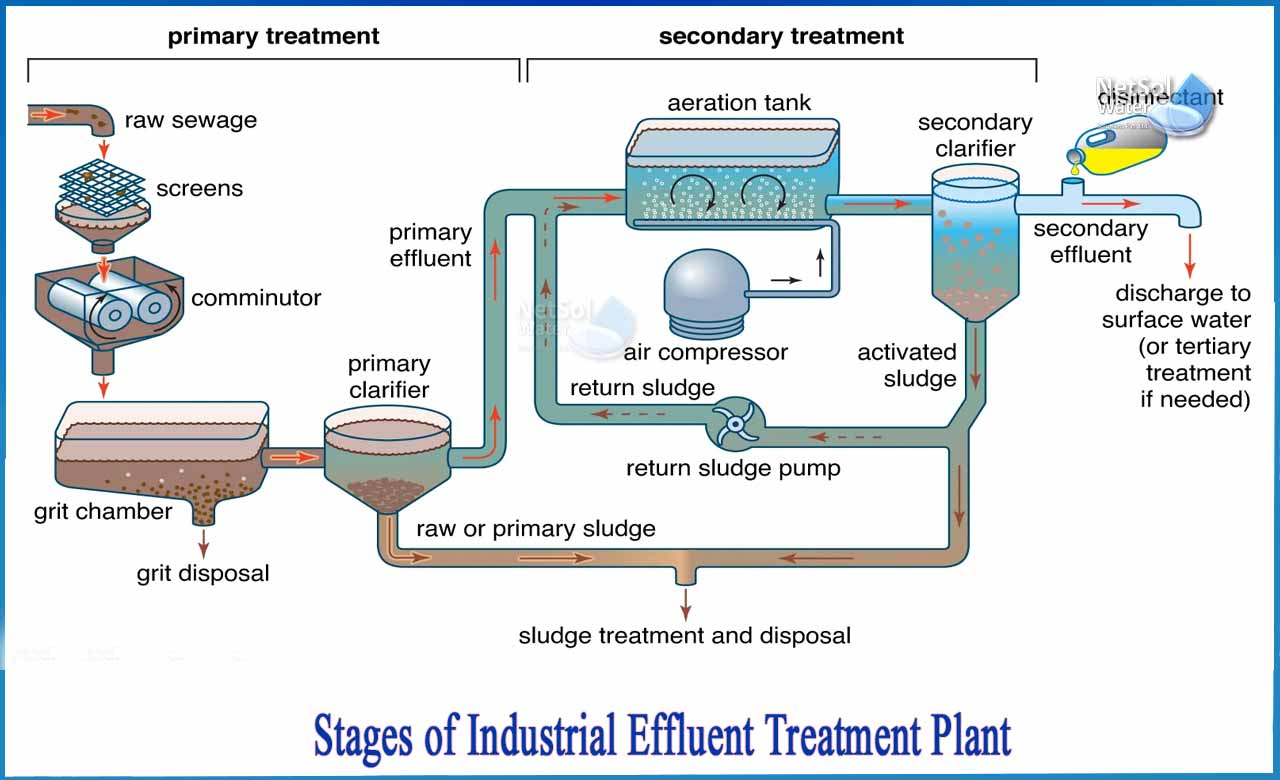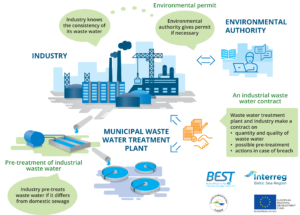Industrial Waste Water Treatment-- Eco-Friendly Solutions for Water Recycling
Developments and Advances in Hazardous Waste Water Treatment Technologies
The landscape of commercial wastewater treatment is undertaking a transformative shift, driven by innovations that enhance both performance and sustainability. Emerging technologies, such as membrane bioreactors and microbial gas cells, are redefining pollutant elimination processes while adding to energy generation. Moreover, resource healing approaches are acquiring grip, aligning with round economy principles. As governing standards progress, the assimilation of AI and artificial intelligence into wastewater monitoring systems guarantees to ensure and improve operations conformity. Nevertheless, the complete implications of these developments increase essential questions about their scalability and long-lasting influence on sector techniques.
Overview of Drainage Therapy Technologies
Wastewater therapy innovations encompass a series of techniques made to get rid of impurities from commercial effluents prior to their release right into the setting. These modern technologies are crucial for maintaining eco-friendly balance and making sure compliance with environmental regulations. The key classifications of wastewater treatment consist of physical, chemical, and organic techniques, each offering unique functions based on the nature of the impurities present.

Organic treatment methods employ microorganisms to degrade organic issue, making them specifically effective for organic-rich effluents. Methods like triggered sludge and biofilm activators harness the all-natural degradation abilities of bacteria, resulting in significant reductions in biochemical oxygen demand (BODY)
Advanced Filtering Methods
Advanced filtration methods stand for an essential evolution in the realm of industrial wastewater treatment, enhancing the efficiency of impurity elimination processes. Industrial Waste Water Treatment. These techniques include a variety of innovations, consisting of microfiltration, ultrafiltration, nanofiltration, and turn around osmosis, which supply consecutive obstacles for numerous fragment sizes and chemical structures
Microfiltration and ultrafiltration utilize membrane layer systems to get rid of put on hold solids, microorganisms, and bigger natural molecules, improving the quality of effluent prior to additional treatment. Nanofiltration bridges the gap in between ultrafiltration and reverse osmosis, efficiently eliminating divalent ions and organic compounds, thus decreasing the load on downstream processes.
Reverse osmosis supplies the highest possible degree of purification by allowing just water and little molecules to pass via its semi-permeable membrane layers, making it optimal for redeeming high-grade water from industrial effluents. Recent innovations in membrane layer technology, consisting of the advancement of more sturdy and fouling-resistant materials, have dramatically enhanced operational performance and reduced expenses.
Including these sophisticated purification techniques not just boosts the total therapy procedure but also adds to sustainability efforts by enabling water reuse and source recuperation in industrial setups. (Industrial Waste Water Treatment)
Biological Therapy Developments

Moreover, the development of crafted biological systems, such as membrane layer bioreactors (MBRs), integrates biological therapy with sophisticated membrane purification. This combination enables greater effluent high quality and reduced impact, making it suitable for space-constrained commercial centers. Advancements in genetically engineered microbes have actually additionally arised, enhancing the biodegradation of details contaminants, such as drugs and heavy steels, that are commonly testing to remove.
In addition, the implementation of bioaugmentation methods, where useful germs are presented to enhance why not try here the existing organic therapy processes, has actually revealed promising outcomes in improving therapy efficiency. These advancements jointly represent a pattern in the direction of more efficient and sustainable organic therapy approaches that can adjust to the evolving complexities of industrial wastewater streams. As sectors continue to prioritize ecological conformity, these biological technologies will certainly play a vital function in wastewater monitoring.

Source Recovery Approaches
In industrial setups, the combination of resource recuperation techniques has actually ended up being increasingly crucial for enhancing sustainability and decreasing waste. These approaches concentrate on extracting useful materials and power from wastewater streams, thereby changing potential contaminants right into multiple-use resources.
One famous method is vitamins and mineral recovery, where nitrogen and phosphorus, usually present over in wastewater, are captured and converted into plant foods. This not only decreases ecological influences look at this site but likewise provides a round economy service for farming applications. Additionally, innovations such as anaerobic food digestion permit the conversion of natural waste right into biogas, a renewable energy resource that can counter fossil gas use in commercial procedures.
Additionally, progressed filtration and membrane innovations assist in the recuperation of industrial by-products such as steels and salts. These recouped products can be reintegrated into production procedures, decreasing the demand for virgin resources.
Future Trends in Waste Water Management
As industries significantly focus on sustainability, the future of wastewater management is set to go through significant changes. Technological advancements, such as expert system and artificial intelligence, will make it possible for extra efficient surveillance and management of wastewater systems. These innovations can anticipate upkeep requirements, maximize therapy procedures, and enhance decision-making, ultimately minimizing operational costs and environmental influence.
In addition, the assimilation of round economic climate principles will play a crucial function in wastewater monitoring. Industries are expected to change in the direction of systems that not just deal with wastewater yet likewise recoup important sources, such as nutrients, water, and energy. This shift will certainly lessen waste and promote the reuse of materials, straightening with global sustainability goals.
Emerging therapy techniques, such as membrane layer bioreactors and advanced oxidation processes, will better improve the effectiveness of wastewater therapy, enabling for better effluents ideal for reuse. Furthermore, governing structures are most likely to develop, highlighting more stringent criteria for wastewater discharge and motivating industries to embrace cutting-edge therapy remedies.
Verdict
To conclude, the advancement of industrial wastewater therapy innovations demonstrates a considerable shift towards boosted performance and sustainability. Developments in sophisticated purification strategies, organic therapies, and source healing techniques highlight the sector's dedication to ecological stewardship. The assimilation of expert system and maker discovering even more enhances these processes, guaranteeing regulatory conformity and advertising a circular economic climate. Continued innovations in these locations will play an essential role fit the future of wastewater administration and shielding vital water resources.
The landscape of industrial wastewater therapy click reference is going through a transformative shift, driven by developments that enhance both efficiency and sustainability.Wastewater therapy modern technologies encompass a variety of methods designed to eliminate impurities from industrial effluents before their release into the environment.Utilizing the power of biological procedures has actually led to considerable innovations in the treatment of commercial wastewater.In addition, the implementation of bioaugmentation strategies, where useful microbes are presented to enhance the existing biological treatment processes, has actually revealed encouraging results in improving therapy performance. These innovations collectively signify a pattern towards even more effective and sustainable organic treatment methodologies that can adapt to the advancing complexities of industrial wastewater streams.